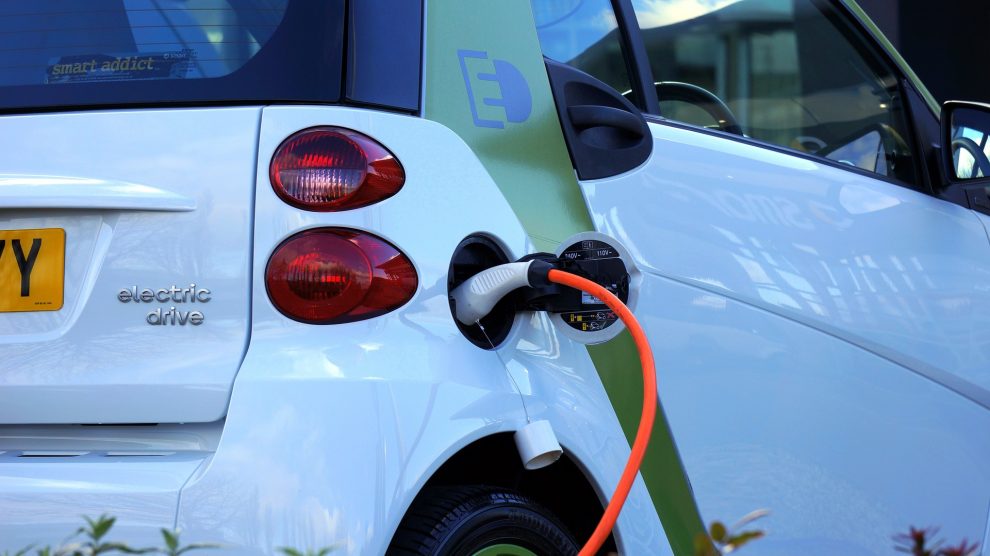The FAME India phase two subsidies were announced with the intention to subsidize the purchase of 1 million electric two-wheelers, 7,000 electric buses and 55,000 electric and hybrid passenger cars during three year duration from beginning of fiscal 2020
The FAME India II (Faster Adoption and Manufacture of (Hybrid &) Electric Vehicles India: phase two) scheme was finalized in 2019. According to the program, a Rs.10,000 crore subsidy was allocated to incentivize the adoption of electric vehicles (EVs) in the country. So far the market for renewables and EVs has been totally subsidy driven so far. However, only 13,490 two-wheelers, 2,300 electric cars and 600 electric buses have received any subsidy benefits in fiscal 2020, according to Society of Manufacturers of Electric Vehicles (SMEV).
The FAME India phase two subsidies were announced with the intention to subsidize the purchase of 1 million electric two-wheelers, 7,000 electric buses and 55,000 electric and hybrid passenger cars during three year duration from beginning of fiscal 2020. Out of the ten thousand crore allocated in phase two of the scheme, around Rs. 8,596 crore was allocated for demand incentive as direct subsidy. Direct subsidies are those that involve an actual payment of funds toward a particular individual, group or industry.
According to various automobile stakeholders, the stringent guidelines that the Indian government had mandated in the phase two of FAME India program was the reason for fewer EVs being subsidized. Keeping in line with promoting Make in India, vehicles with 50% localization and equipped with expensive lithium-ion batteries were eligible for subsidies under the program. The eligibility criteria for electric two-wheelers to receive subsidies were a range of 80 kilometers on a single charge.
There is a lacuna between the tight criteria imposed by the government and the readiness of auto players.
“FAME-2 hasn’t yielded the desired results in promoting electric mobility through direct incentives. Till date very few EVs have been able to get subsidies leaving a wide gap between the budgeted and actual spends. The idea was right, but it was too premature,” said Sohinder Gill, director general of SMEV.
The cost factor maybe one of the reasons for the poor uptake of EVs in the personal vehicle segment. Vehicles that adhere to the technical requirements imposed by the government cost about one lakh rupees, becoming economically unviable for the consumer. Without creating adequate demand, the mandate on localization becomes impractical. Once a sufficient demand for EVs is created in the market, indigenization of the supply chain becomes a pragmatic approach. Also, quality control and measures to maintain quality standards is important for battery operated vehicles.
The government released a road map for the clean mobility transition in 2019. This was met with lot of opposition from automobile stakeholders who claimed that the time duration and infrastructure was inadequate to bring about a technology disruption by the timelines in the roadmap. According to the NITI Aayog EV road map, only electric three-wheelers, two-wheelers and four-wheelers will have to be sold after 2023, 2025 and 2030 respectively. This means internal combustion engine (ICE) based vehicles will become redundant in all these categories after the given timelines. This poses a threat to entities manufacturing ICE based vehicles as they will have to incur losses in technology transition as well as manpower. Also, marketing a new range of vehicles will need investment as consumer awareness for EVs is still in the nascent stage in the Indian ecosystem.














Add Comment